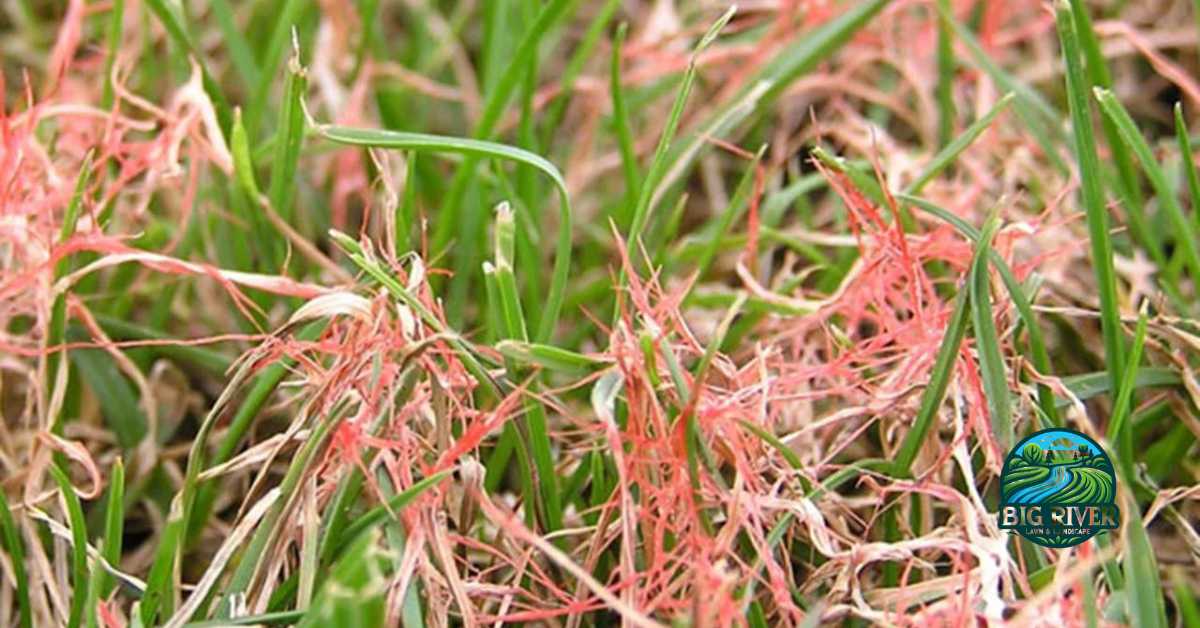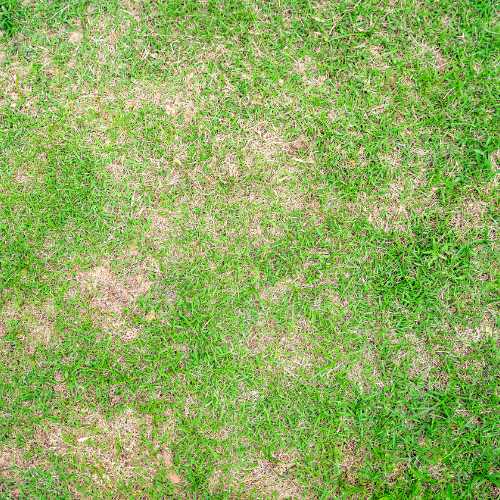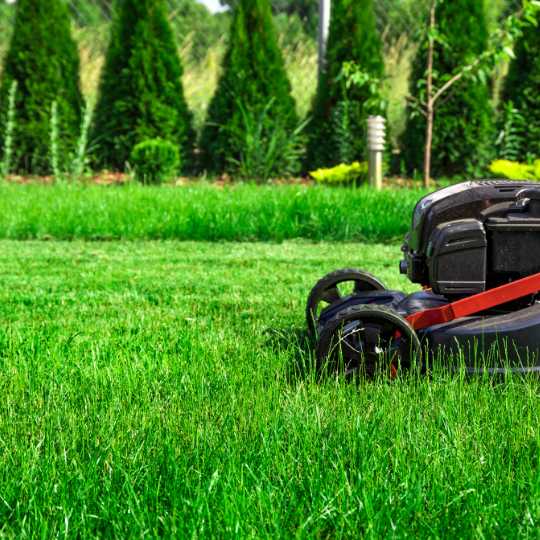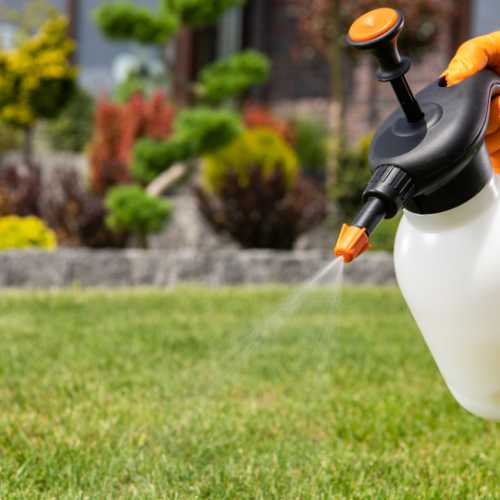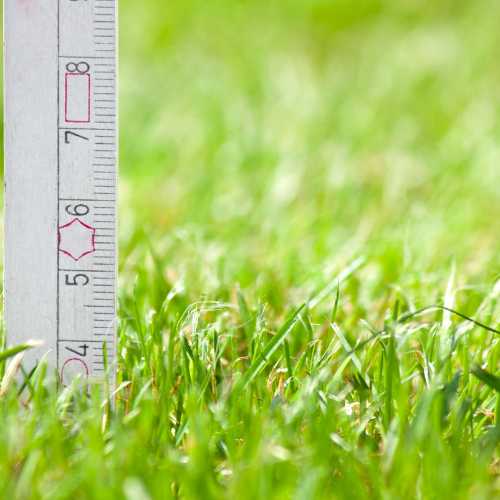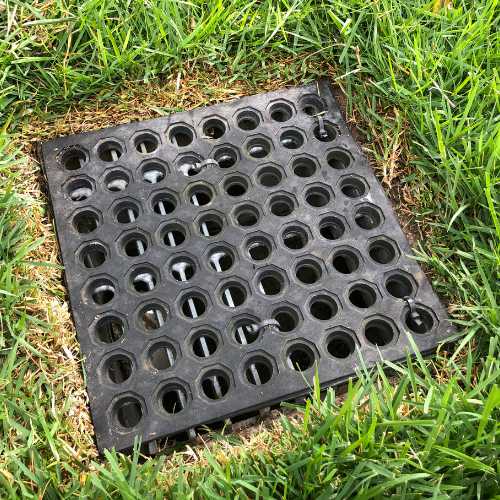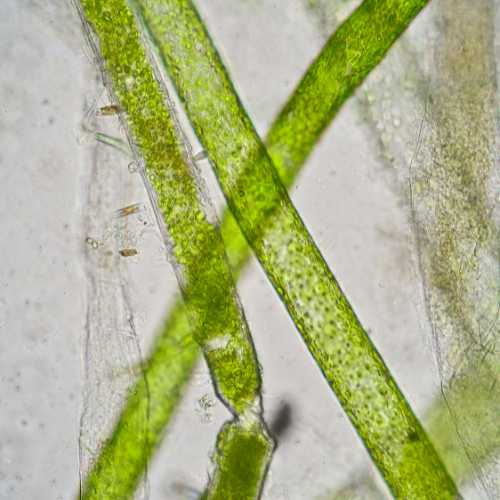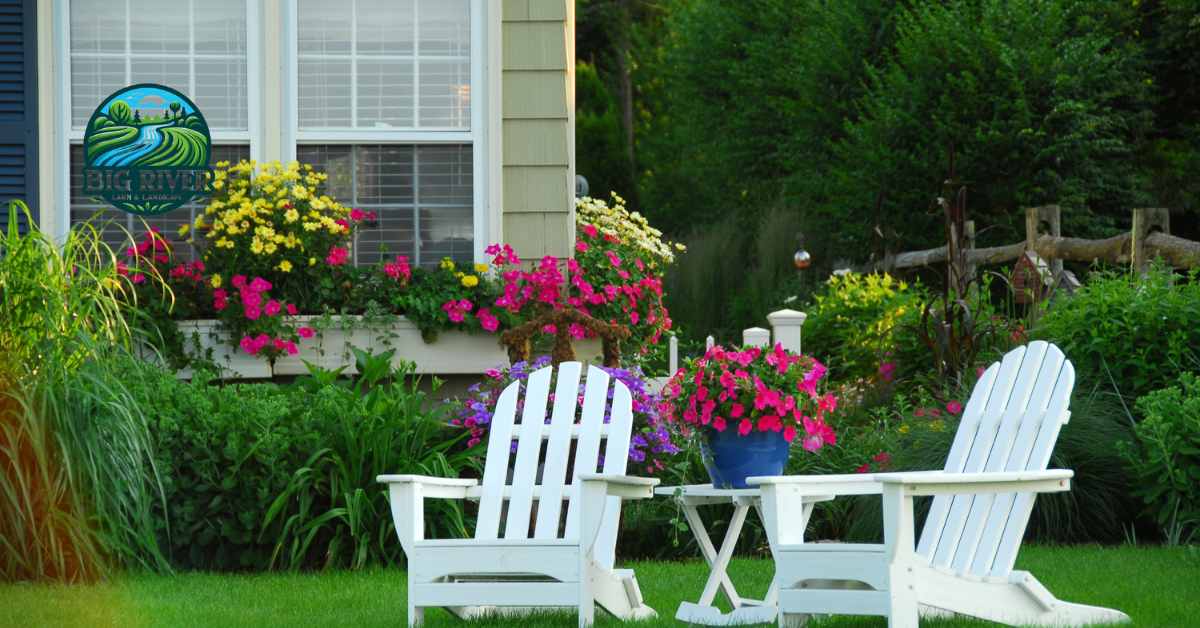Red Thread Lawn Disease, a pervasive fungal infection characterized by distinctive red filaments on grass blades, poses a significant challenge for lawn enthusiasts striving to maintain lush, healthy turf. This guide offers comprehensive strategies for identifying, managing, and eliminating Red Thread Lawn Disease, ensuring your lawn remains vibrant and robust. Through a combination of effective maintenance practices, tailored treatment methods, and proactive prevention strategies, you can safeguard your lawn against this unsightly disease and restore its natural beauty and health.
Understanding Red Thread Lawn Disease
Red Thread Lawn Disease, caused by Laetisaria fuciformis, commonly affects grass types like perennial ryegrass and fine fescues in cool, moist climates. Characterized by pink or red threads on the grass, it creates unsightly, discolored patches. Thriving in high humidity and temperatures between 60 and 75 degrees Fahrenheit it often worsens due to poor nitrogen levels, excessive moisture, and inadequate mowing practices.
Identifying Red Thread Lawn Disease
Frequent outbreaks during spring and fall raise the question, Why is my grass turning red? Understanding and addressing the environmental conditions and maintenance practices can help manage and prevent red thread in lawns. Let’s identify the red thread lawn disease:
Visual Characteristics of the Disease
The Red Thread is easily identifiable by the red or pink web-like threads that extend from the grass blades. These threads can bind the blades together, and infected areas may appear pinkish-red from a distance. Grass with red tips or reddish grass are typical descriptions of lawns affected by red thread, which can quickly escalate in visibility as the disease spreads.
Symptoms and Stages of Progression
Initial symptoms include small, red patches that can expand and merge, severely affecting the lawn’s appearance. As the disease progresses, the grass may die in those areas, leading to thin and patchy turf. What does red thread lawn disease look like? Becomes apparent as these symptoms manifest, with the red-pink fibers becoming more pronounced.
Prevention Strategies
Early identification and treatment can prevent the disease from advancing to more destructive stages, preserving the lawn’s health and aesthetics.
Proper Lawn Maintenance Practices
Maintaining a healthy lawn through balanced fertilization, correct mowing practices and adequate watering is key to preventing red thread. Implementing these proper lawn maintenance practices can significantly diminish the chances of red thread and other diseases.
Mowing Techniques
Ensure the lawn is mowed at a height appropriate for the grass type. To reduce stress on the grass, avoid cutting more than one-third of the blade in a single mowing. Proper mowing techniques can enhance turf resilience and health, making it less inviting for fungal infections like red thread.
Irrigation Practices
Water the lawn deeply but infrequently to encourage deep root growth and reduce moisture on grass blades, which minimizes the risk of fungal diseases. Proper irrigation practices help maintain an optimal moisture balance in the soil, which is crucial for preventing conditions that favor the growth of red thread.
Soil Health Management
Aerating the soil and managing thatch are crucial in preventing conditions that favor the growth of red thread. Comprehensive soil health management involves regular aeration to enhance soil structure and nutrient absorption, directly influencing lawn vigor and disease resistance.
Aeration
Regular aeration helps improve drainage and air circulation around the grass roots, reducing the likelihood of fungal infection. Aeration is a preventive measure that can significantly impact the overall health of the lawn by alleviating soil compaction and promoting root development.
Soil pH Balance
Maintaining the correct pH level for your specific grass type can help prevent the disease. Most grasses prefer a slightly acidic to neutral pH. Soil pH balance adjustments can be made based on soil test results, which provide insights into the soil’s current status and how it affects overall plant health.
Fertilization Best Practices
Applying the right type of fertilizer based on soil testing can significantly impact lawn health and disease resistance. Following fertilization best practices ensures that the lawn receives essential nutrients without contributing to pollution or pest problems. Knowing how to treat red thread in lawns often starts with proper nutrition, particularly nitrogen management, to support vigorous growth and disease resistance.
Nitrogen-Rich Fertilizers
Since red thread can be a sign of nitrogen deficiency, applying a nitrogen-rich fertilizer may help suppress the outbreak. Nitrogen-rich fertilizers are often recommended as a corrective measure for red thread-infected lawns, helping to restore color and density to the grass.
Timing and Frequency of Application
Fertilizers should be applied during active growth periods to ensure the grass effectively utilizes nutrients. The timing and frequency of fertilizer application are critical in maintaining lawn health and preventing disease. Proper scheduling helps avoid the buildup of nutrients that could foster disease.
Treatment and Elimination Methods
Let’s get to know about the treatment and elimination methods for red thread disease:
Cultural Control Methods
Adjusting cultural practices such as mowing height and frequency can significantly reduce the severity of red thread outbreaks. Cultural control methods involve modifications to everyday lawn care routines that can naturally reduce disease incidence without the need for chemical interventions. These practices are first-line defenses against red thread, emphasizing the role of good cultural care in maintaining lawn health.
Adjusting Mowing Height and Frequency
Raising the mowing height can help improve the overall health of the grass, making it less susceptible to red thread. Adjusting mowing height and frequency is a practical approach to managing lawn diseases, as it strengthens the turf and reduces stress that can predispose grass to infections. Regular adjustments based on seasonal growth rates and health status can dramatically impact the lawn’s disease resistance.
Improving Drainage
Enhancing the lawn’s drainage can reduce moisture levels, thus helping to prevent fungal growth. Improving drainage is particularly effective in combating red thread, as the disease flourishes in moist conditions. Whether through physical alterations to the landscape or the introduction of soil amendments, improving drainage is a key strategy in disease prevention.
Biological Control Methods
Introducing beneficial microorganisms can compete with or suppress the growth of the red thread fungus. Biological control methods offer a sustainable alternative to chemical treatments, utilizing natural enemies of the disease to maintain lawn health. These methods can be particularly effective when combined with good cultural practices.
Chemical Treatments
If cultural and biological methods are insufficient, applying a fungicide for red thread might be necessary. Select products labeled effective against red thread and follow the manufacturer’s instructions closely. Chemical treatments should be used as a last resort due to potential environmental impacts and only after less invasive methods have been tried.
Post-Treatment Care
Time to know about the post-treatment care. For this, scroll down now!:
Monitoring Lawn Health Post-treatment
Regularly inspect the lawn for signs of red thread recurrence and overall health to adjust care practices as needed. Monitoring lawn health post-treatment is crucial for catching new outbreaks early and adjusting maintenance strategies accordingly. This ongoing vigilance helps ensure that the lawn remains healthy and free from red thread over the long term.
Long-term Maintenance Tips
Continued adherence to proper lawn care practices is crucial for keeping your lawn healthy and preventing future outbreaks. Long-term maintenance tips include regular monitoring, soil testing, and the strategic application of fertilizers and water to maintain an optimal growing environment. These practices are essential for sustaining a lush, resilient lawn.
Seasonal Care Routines
Adjust your lawn care practices with the changing seasons to cater to your lawn’s specific needs throughout the year. Seasonal care routines help in addressing the unique challenges that each season brings, such as moisture management in the spring and disease prevention in the fall. Tailoring care practices seasonally is key to preventing disease and maintaining overall lawn health.
Preventing Recurrence of Red Thread
Stay vigilant with preventative measures and maintain good lawn health practices to keep the red thread at bay. Preventing the recurrence of red thread involves a combination of ongoing soil care, proper fertilization, and cultural practices that enhance the lawn’s natural defenses. Consistent application of these strategies is the best way to ensure red thread does not return.
Final Thoughts
Managing red thread lawn disease requires a combination of good cultural practices, vigilant monitoring, and sometimes the use of chemical treatments. By understanding the factors that contribute to the disease and implementing effective prevention and treatment strategies, you can maintain a healthy, lush lawn free from red thread. Remember, the key to successful management lies in proactive care and quick response to the initial signs of the disease.
Red Thread Lawn Disease FAQs
Can Red Thread Lawn Disease Recur After Treatment?
Yes, Red Thread Lawn Disease can recur after treatment, particularly if the underlying conditions that favor its development, such as moisture and nutrient imbalances, are not corrected. Ongoing lawn maintenance with professional lawn care service, including proper fertilization, mowing, and watering, is crucial to prevent recurrence.
Can Red Thread Lawn Disease Spread to Other Areas of My Lawn?
Red Thread Lawn Disease can indeed spread to other areas of your lawn. Wind, mowers, and foot traffic easily transport the fungal spores. To prevent spreading, it’s important to manage the disease promptly and adjust lawn care practices to discourage fungal growth.
Is Red Thread Lawn Disease Harmful to Humans or Pets?
Red Thread Lawn Disease is not harmful to humans or pets. It is strictly a plant pathogen affecting grass and does not pose any health risks to animals or people, although it can significantly impact the aesthetics and health of your lawn.
How Long Does It Take to Recover from Red Thread Lawn Disease?
Recovery time from Red Thread Lawn Disease can vary depending on the severity of the outbreak and the health of the lawn prior to infection. With proper treatment and favorable weather conditions, lawns can begin to show improvement within a few weeks, but full recovery might take several months.
When Is the Best Time to Apply Fungicides for Red Thread Lawn Disease?
The best time to apply fungicides for Red Thread Lawn Disease is at the first sign of the infection, typically during the cooler and more humid months of spring or fall. Applying fungicides early can help limit the spread and severity of the disease. For preventative purposes, fungicides can be applied in early spring when conditions are expected to promote the disease.

